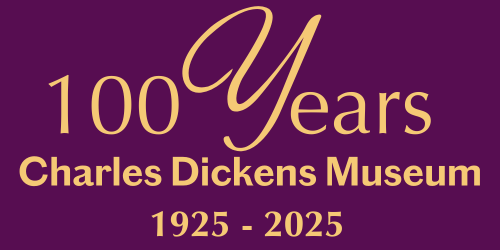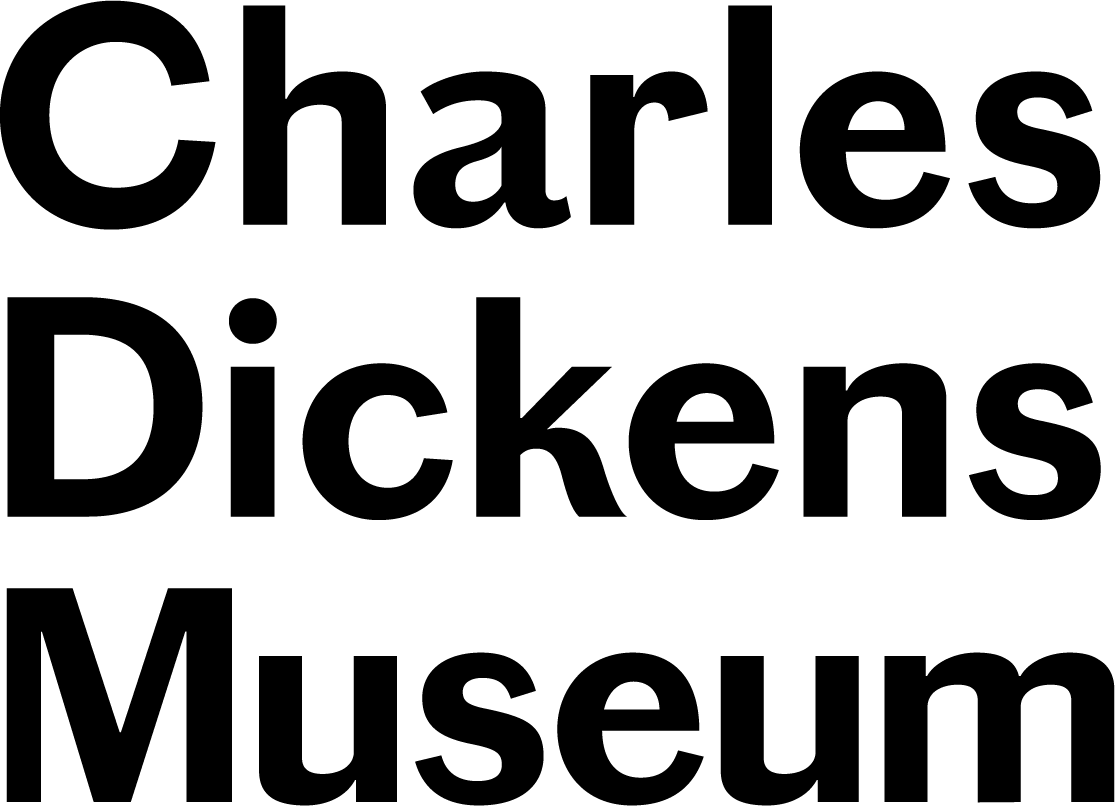Treasures from the Miller Collection of Sheet Music
Maureen England is a curatorial volunteer at the Charles Dickens Museum and is completing her PhD at Kings College on Dickens’s characters.
By Maureen England
Hidden in boxes in the Suzannet Research Library are over 250 pieces of sheet music inspired by Dickens, his characters, and his stories, and even some with lyrics written by Dickens himself. The museum owes the majority of this collection to a single donation in 1940 by one of the Dickens Fellowship’s founding members, William Miller.
During his time in the Fellowship, Miller was part of the committee that launched The Dickensian in 1904 and organised the Pickwick Centenary Exhibition at the museum in 1936. He donated the majority of his collection of Dickensian sheet music to the museum in 1940 when he moved to America where he completed his index of Dickensiana, The Dickens Student and Collector.
In an article in the Dickensian in the winter of 1940, T.W.Hill writes about the value of the recent acquisition, and lists the full collection donated. However this article, with its black and white images does poor justice the beauty and variety of the collection.
Ranging from as early as 1836 to as ‘recent’ (given the date of the donation) as 1936, the century of song shows how Dickens and his works inspired so many to create their own pieces of popular culture.
Some of the pieces in the collection may surprise. One such is the ‘Hommage à S. Pickwick Esq. P.P.M.P.C.’ composed in 1910 by classical music composer Claude Debussy, famous for ‘Clair de Lune’. The intrigued classical music fan can find a rendition of the Prelude played on youtube. The piece bounces between frantic syncopated notes and simple rhythmic progression, representing the protagonist Samuel Pickwick’s bumbling comedy and kind heart; there is also an appropriation of ‘God Save the Queen’ in the opening bars of the piece. ‘Hommage à S. Pickwick’ is a short prelude as are many of the songs in the music collection, which is an interesting contrast to the famously verbose novels from which the songs are inspired.
Worth mentioning as well is the artistry with which many of the pieces were printed. Some of the cover pages feature illustrations reprinted or imitated from the original publications. Many of the songs inspired by the Christmas stories, such as ‘The Chimes Quadrille’ and ‘The Cricket Polka’ feature lithographs by Alfred Ashley which are remarkably similar to the style and content of the original illustrations from the stories The Chimes and The Cricket on the Hearth.
![[LIB]5835.1_ [LIB]5886](http://cdn.shopify.com/s/files/1/0925/3888/files/LIB_5835.1__LIB_5886.jpg?9414667061112886506)
Charles Dickens Museum, [lib]5835.1_R1 and [lib]5886_R1
Other songs have bold and colourful original lithographs featuring famous actors of the day who played a Dickens character on stage such as the song ‘Joey Ladle’ which features the actor Robert Fraser.
![[LIB]5870_R1](http://cdn.shopify.com/s/files/1/0925/3888/files/LIB_5870_R1_-_500p.jpg?16597233781448675268)
Charles Dickens Museum, [lib]5870_R1
Still others are captivatingly printed with rich colours and gilded lettering such as the song ‘Florence’ published by Charles Jefferys of London around 1848. Even over a century later, the vibrant blue colouring around the title catches the eye.
![[LIB]5867_R1](http://cdn.shopify.com/s/files/1/0925/3888/files/LIB_5867_R1_-_500P.jpg?4504784123854933373)
Charles Dickens Museum, [lib]5867_R1
We do know that Dickens himself approved of, gave permission for, and even owned some of the music inspired by his creations. The New York Public Library holds in its special collections, the original album of sheet music owned by the Dickens family from which Dickens’s daughters would often play. Some of the same songs are in the sheet music collection at the Charles Dickens Museum. Unfortunately they remain silent in their archival boxes; perhaps one day they might be played again by a musical Dickens fan, wanting to sing a ballad about Paul Dombey’s death…then again maybe not.
Museum Blog
This blog takes you behind the scenes at the Charles Dickens Museum, giving fresh insight on everything from discoveries new and old in our collection, to exhibitions, events and learning initiatives.
You’ll be hearing from a variety of Museum staff and volunteers, as well as guest curators, academics, artists and Dickens enthusiasts. Why not join the debate and let us know you thoughts on the latest blog by using our hashtag #CDMBlog

